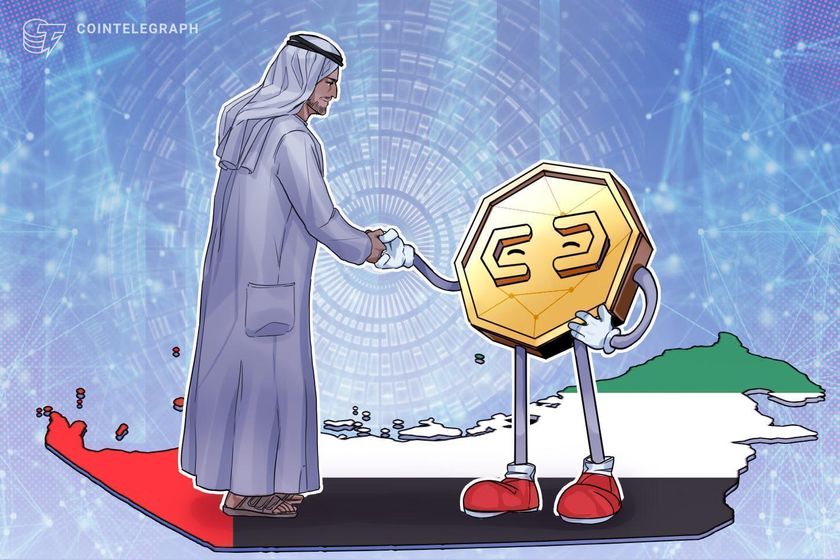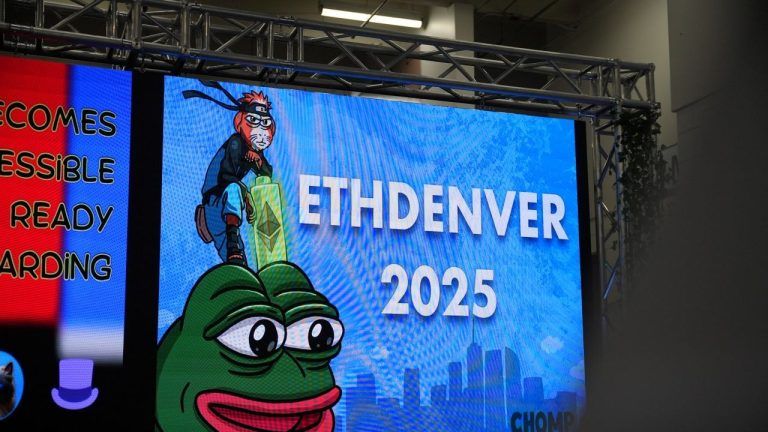
Cardano’s Hoskinson: DeFi ecosystem just moving water in bathtub
Key Takeaways
- Cardano prioritizes long-term value and reliability over rapid user acquisition in DeFi.
- Hoskinson believes future blockchain adoption will be driven by governments and large corporations.
Share this article
The decentralized finance (DeFi) ecosystem is an ever-evolving landscape, with the introduction of application-specific blockchains (appchains), layer-2 (L2) blockchains, novel virtual machines, and so on. In this scenario, users wonder how can blockchains such as Cardano compete with these optimized infrastructures.
Charles Hoskinson, CEO of Input Output Global, stated during his participation at Blockchain Rio that Cardano is making sure that everything built so far preserves and protects the blockchain value. To fulfill this goal, it is more important to make calculated moves instead of the typical “move fast, break things.”
“There’s no greater example of that than Bitcoin, which by definition is the least capable of all cryptocurrencies. They don’t even have smart contracts on Bitcoin at the moment, right? You can’t issue assets on it. Yet it’s worth over a trillion dollars. Why? Because at the core of it, the value proposition of Bitcoin is a relentless commitment never to violate the principles that Bitcoin was founded on and that has value in the market,” Hoskinson shared with Crypto Briefing.
He added that in competitive environments, such as crypto, teams embrace what they know are mistakes to try to move fast and capture market share. However, protocols spend the next 10 to 15 years trying to fix these embraced fundamental mistakes.
“JavaScript is the greatest example of that of all time. Bad programming language. It was made in 54 days. We spent two decades fixing that really, really bad language. And that’s why we saw the rise of Ruby, TypeScript, and all of these other things because JavaScript wasn’t fit for purpose. So Solana and these other guys, this is what they’re doing: they’re focusing on adoption, user acquisition, speed, and transaction costs. They don’t particularly care if the network fails. They don’t particularly care if they have to reverse things or restart things. It’s a mad dash for user acquisition.”
Although this works for retail holders looking for short-term gains, it doesn’t last in the long term as “protocols are not companies,” said Hoskinson. Differently from companies that achieve a dominant position and can “hold people’s protocols,” the same can’t happen in crypto.
“Could you imagine the success of Wi-Fi if Wi-Fi broke all the time and never worked? Competing protocols would destroy it.” Hoskinson then reminded that previous platforms and hardware, such as Nokia mobile phones, MySpace, and Yahoo, had up to one billion users before vanishing or losing their user base considerably.
Therefore, Hoskinson doesn’t think about how to keep up with competitors, but how to preserve what people who trust Cardano signed up for, and how to add capabilities without crossing these fundamentals.
“Roll-ups are a great example of that. Because of extended UTXO, the accounting model of Cardano, and what we’re doing with Plutus V3, not only can we have them, but we can also have best-of-class roll-ups because of the way the system works. It’s much harder to implement them on Ethereum or other things. So while they were first to market with this capability, we get to be best to market with this capability. It’s the same with Hydra. It delivers on the promise of everything that Lightning wanted to do and Plasma wanted to do. Yeah, they had them years ago. Now we have it. And over time, it’s going to become the best in class of the technology.”
The CEO of Input Output Global then compares Cardano to Apple, stating that Apple kept their winning strategy to their different forrays, such as their recent venture into large language models for artificial intelligence. Despite having issues competing in the short term due to sticking to their strategy, Apple will become “very strong” in their new ventures over time.
“And you know, another thing I think is unfair is that people have unrealistic expectations about growth. They say, how will Cardano catch up? And it’s like, our TVL [total value locked] is up 300% in one year. And people say ‘Yeah, but it’s not 1,000%. What’s going on?’ It’s like, do you understand that 300% growth per year is unprecedented than we’ve been saying?”
Reliability and compliance
Hoskinson assessed that the next billion users to adopt blockchain technology are coming from the adoption by governments and big companies such as the ones listed on the Fortune 500 list.
“Will the government or Fortune 500 companies really look at the fact that you spent a billion dollars in marketing and you’ve gotten all these users? No, they’re going to ask foundational questions, control, governance, uptime, reliability, and security because at the end of the day, if they screw up, they lose their jobs and they don’t get paid for adopting system A or B.”
Thus, this makes blockchain adoption a “long-term game” that Cardano is aiming at playing right now, by developing an infrastructure where entities can build without worrying about putting their current users at risk.
Moreover, when it comes to being competitive, Hoskinson believes that people rely too much on current applications instead of focusing on what will be useful in 2030. “If you make all those decisions right, if your competitors don’t, you’re the only option or the best option there. So where the puck is going? How do we bring regulated businesses into the cryptocurrency space?”
He also highlights the necessity of having proper tools to follow blockchain development when it comes to offering products, criticizing the lack of solutions to keep the blockchain ecosystem decentralized.
“Projects say they are going to do real-world assets, tokenized real estate, this, and this, and this. But how do we make that work on a blockchain system? Oh, well, it’ll be on the blockchain, but all the private, personally identifiable information will belong to a centralized corporation. OK, so doesn’t that make that a centralized asset? It’s not really a block. You’re kind of doing it wrong. So, my view is that you have to have a basket of solutions for where that’s going to go because everything else is commoditized.”
Furthermore, features such as high throughput are not seen by Hoskinson as differentiating, since every blockchain will be fast eventually, adding that a differentiating feature would be not getting sued for deploying an application lacking a compliant regime.
“Can Solana offer this at the moment? No. Nor can Polygon, Ethereum, or Bitcoin. They haven’t even conceived or thought of it because they’re fighting for their DeFi degens to move water from one side of the bathtub to the other. We’re not adding any water to the bathtub. We’re just moving it from one side to the other, and they pretend that this is a massive success in growth,” concluded Hoskinson.
In June 2024, Cardano prepared for its Voltaire Upgrade, signaling a significant advancement in its blockchain governance as it entered the last phase of its decentralization roadmap.
Earlier in June 2024, Charles Hoskinson articulated his belief that Cardano is undervalued, citing its leadership and upcoming enhancements like the Chang Hard Fork and Hydra as growth catalysts.
In April 2024, Paul Frambot from Morpho Labs suggested that DeFi’s mainstream adoption would progress through collaborations with fintech firms and centralized exchanges, leveraging new infrastructures like Coinbase’s Base.
Last March, a report from Exponential.fi showed the DeFi ecosystem maturing, with a trend towards lower-risk protocols as a consequence of Ethereum’s shift to a Proof-of-Stake model.
In January 2024, Aquarius Loan introduced a new era for DeFi with its cross-chain lending platform which aims to diminish liquidity fragmentation and empower users with its $ARS token governance model.
Share this article
Go to Source
Author: Gino Matos








 " title="
" title="
